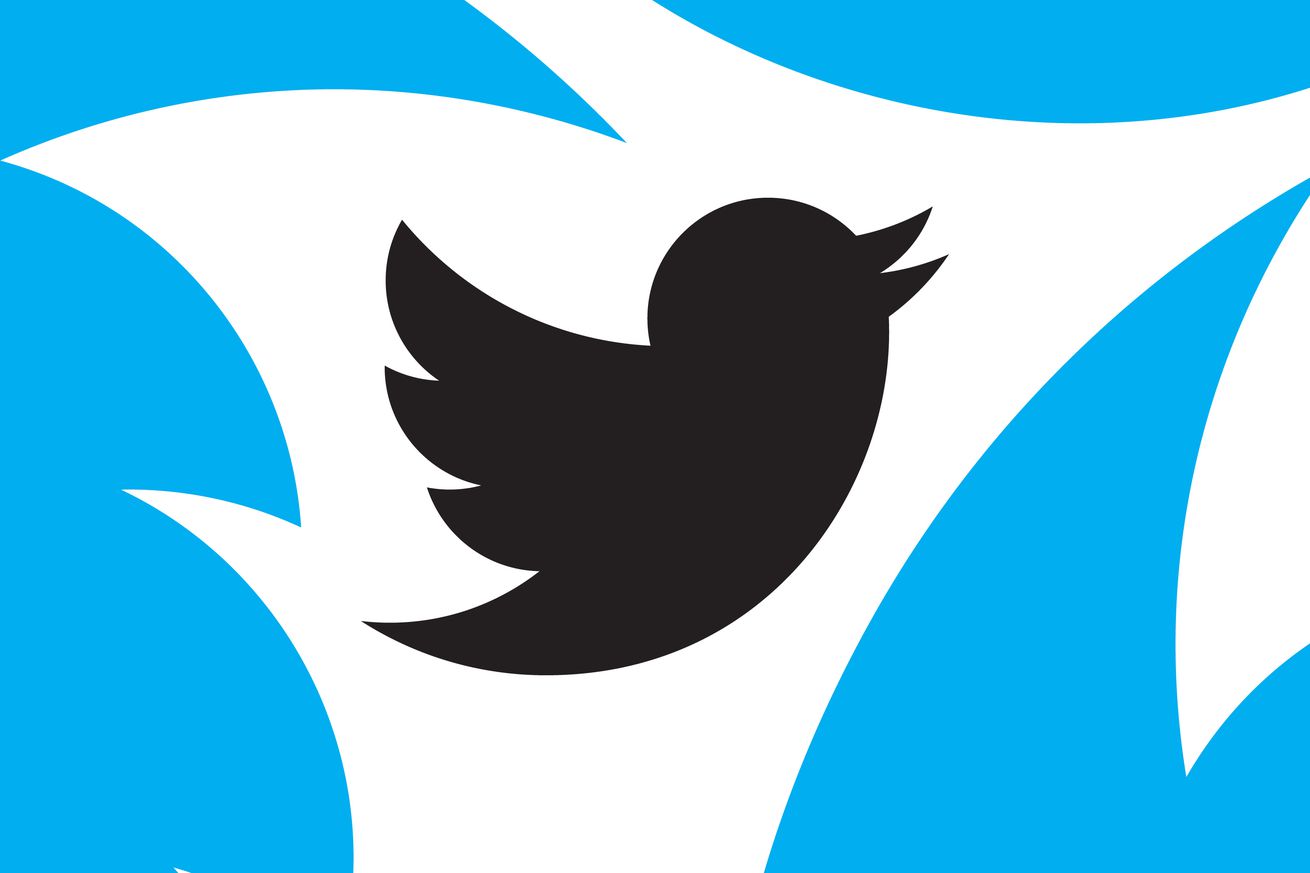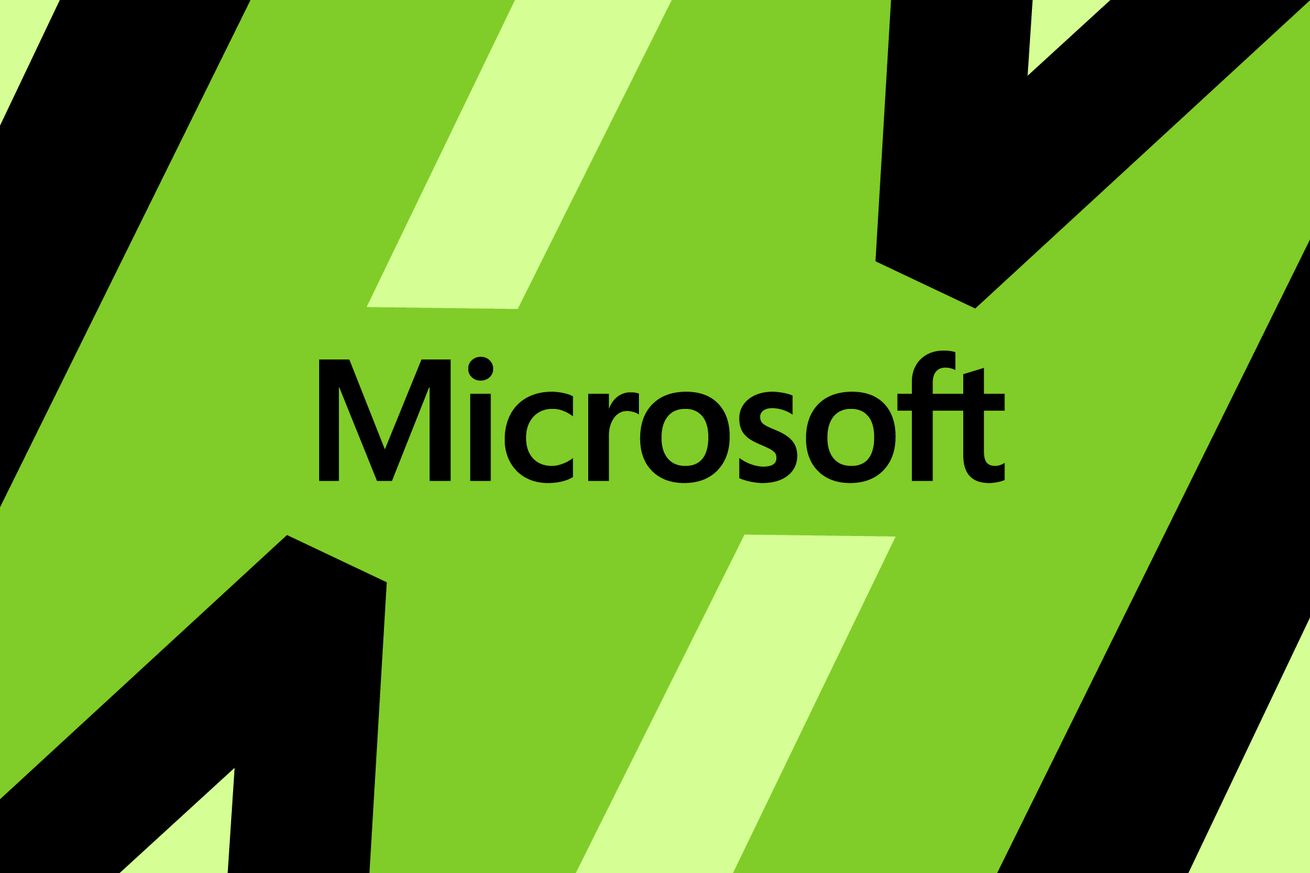
In today’s day and age, it often feels like we’re constantly wanting our devices to offer more — more pixels, more sensors, more processing power. However, a back-to-the-basics fitness tracker like the Fitbit Inspire 3 can be a welcome change of pace, especially since it’s on sale at Amazon, Best Buy, and Target right now for $79.95 ($20 off).
The Inspire 3 is pretty bare-bones, but that’s by design. You won’t find built-in GPS or virtual assistants like Alexa or Google Assistant, but rather a color OLED screen and a colorful, comfortable band that’s reminiscent of the kind you’d find on the Fitbits of the late-aughts. Still, the fitness band can last up to 10 days on a single charge and offers a few modern conveniences, including advanced sleep tracking capabilities and several stress management features. Overall, Fitbit’s latest fitness band is relatively simple and straightforward, which is sometimes all you need.
Read our hands-on impressions of the Fitbit Inspire 3.
Summer is coming, whether you’re ready for the absurd weather it’s likely to bring or not. And while many of us might see the warmer months ahead as a perfectly legit excuse to stay in and burn through Tears of the Kingdom, it’s also a great time to go outside and get in shape. Fortunately, if you’re in need of great pair of workout earbuds, the Beats Fit Pro are on sale at Amazon, Best Buy, and Walmart for $159.95 ($40 off), nearly matching their best price to date.
In some ways, the Beats Fit Pro are a lot like the first-gen AirPods Pro, only with more color options and a greater emphasis on fitness. Their noise cancellation is on par with Apple’s more premium earbuds, and they offer the same deep integration with other Apple devices as the rest of the AirPods lineup. That said, the comfortable wireless earbuds also tout a sportier design that relies on a comfortable set of wing tips, which provide a secure fit regardless of whether you’re at your desk or literally pounding the pavement on a run.
Read our Beats Fit Pro review.
The streaming world continues to evolve, with Netflix’s new password-sharing crackdown now in full effect and Amazon Prime Video is reportedly planning an ad-supported tier. Peacock isn’t exempt from changes, either, having dropped its free membership tier in February. Fortunately, new and returning subscribers can still sign up for a year of Peacock Premium for $19.99 ($30 off) through tomorrow, June 11th, when they use promo code SUMMEROFPEACOCK.
Peacock isn’t a streaming giant in the same way Netflix or Hulu is, but there’s more to the service than reality TV and shoddy true crime docs. It’s still the only place you can stream The Office — err, the American version, not one of the other 11 adaptations in existence — along with newer films like Renfield and M3gan. A Peacock Premium subscription also grants you access to news and select sporting events, including Sunday Night Football and the occasional Premier League game, making Peackock’s ad-supported plan a solid jack-of-all-trades option if you’re someone who likes to watch a bit of everything.
Deals, discounts, and other weekend savings
- If you’re looking for a beast of a TV, TCL’s 6-Series is on clearance at Best Buy in the 75-inch configuration for $1,274.99 ($225 off). The 4K set’s Mini LED panel is not going to compete with newer OLED models in terms of picture quality, however, the Roku TV offers a slew of features that make it a great budget-friendly choice for gamers, including low input lag, a 120Hz refresh rate, and support for HDMI 2.1. Read our review of the Google TV model.
- Amazon’s latest Echo Show 8 is once again on sale at Amazon, Best Buy, and B&H Photo for $74.99 ($55 off), which matches the smart speaker’s second-best price to date. The second-gen model remains our favorite Alexa-equipped display even with the arrival of the third-gen Echo Show 5, namely because it offers a pair of powerful speakers and a 13-megapixel camera with a built-in privacy shutter that can be used for video calls. Read our review.
- When it comes to the best noise-canceling headphones, Sony and Bose reign supreme. The Bose Noise Cancelling Headphones 700, which are currently on sale for $299 ($80 off) at Amazon and Best Buy, are a good example of why. Bose’s flagship over-ears offer superb noise cancellation, multipoint Bluetooth functionality, and sound great while taking calls — something that can’t be said of all Bose headphones. Read our review.
- Hoto’s cordless, electric screwdriver is down to just $37.49 (about $12 off) on Amazon thanks to an on-page coupon for 35 percent off. It’s not as techy as a pair of wireless earbuds or a laptop, but hey, there’s something to be said about a sleek tool with 12 steel bits that allows you to work on your favorite tech and tackle odd jobs around the house.
- Sony’s recent PlayStation showcase was great — that is, assuming you own a PS5. Thankfully, if you don’t, Amazon, Best Buy, and Walmart are all selling the PlayStation 5 God of War Ragnarök Bundle for just shy of $500 ($60 off). The bundle includes a disc-based PS5 console and a digital copy of God of War Ragnarök, which is arguably the best game of 2022 no matter what Elden Ring stans tell you. Read our God of War Ragnarök review.
- Google’s Pixel 6A is still matching its all-time low of $299 ($150 off) at Amazon, Best Buy, and the Google Store, which remains its best price to date. The 6A was our favorite budget Android phone before the Pixel 7A arrived in May, and though it lacks the 90Hz screen and wireless charging found on the newer model, it’s still equipped with a small 6.1-inch OLED panel, a great camera, and other impressive features that have no business being on a phone this affordable. Read our full review.



/cdn.vox-cdn.com/uploads/chorus_asset/file/24713650/1242586439.jpg)
/cdn.vox-cdn.com/uploads/chorus_asset/file/24713624/VlotTLK.png) Image:
Image: /cdn.vox-cdn.com/uploads/chorus_asset/file/24713653/20230609_114042000_iOS.jpg) Screenshot by Tom Warren / The Verge
Screenshot by Tom Warren / The Verge

/cdn.vox-cdn.com/uploads/chorus_asset/file/24711581/C4S3_Minimap_EN.jpg) Image: Epic Games
Image: Epic Games



/cdn.vox-cdn.com/uploads/chorus_asset/file/24712567/meta_gif_reels.gif) GIF: Meta
GIF: Meta

/cdn.vox-cdn.com/uploads/chorus_asset/file/24710540/WAChannels.jpg)

/cdn.vox-cdn.com/uploads/chorus_asset/file/24710184/apple_iphone_dock_tracking.png) Image: Apple
Image: Apple

/cdn.vox-cdn.com/uploads/chorus_asset/file/24707676/bing_chrome_mini.jpg) Screenshot by Sean Hollister / The Verge
Screenshot by Sean Hollister / The Verge
/cdn.vox-cdn.com/uploads/chorus_asset/file/24707688/chrome___Search___Personal___Microsoft__Edge_6_6_2023_3_52_36_PM.jpg) Screenshot by Sean Hollister / The Verge
Screenshot by Sean Hollister / The Verge
/cdn.vox-cdn.com/uploads/chorus_asset/file/24707864/zoomed_in_bing.jpg) Screenshot by Sean Hollister / The Verge
Screenshot by Sean Hollister / The Verge


/cdn.vox-cdn.com/uploads/chorus_asset/file/24707341/chrome_fGt29lZ8cI.jpg) Image: Apple
Image: Apple

/cdn.vox-cdn.com/uploads/chorus_asset/file/24707108/Screenshot_2023_06_05_at_3.20.40_PM.png) Image: Apple
Image: Apple
